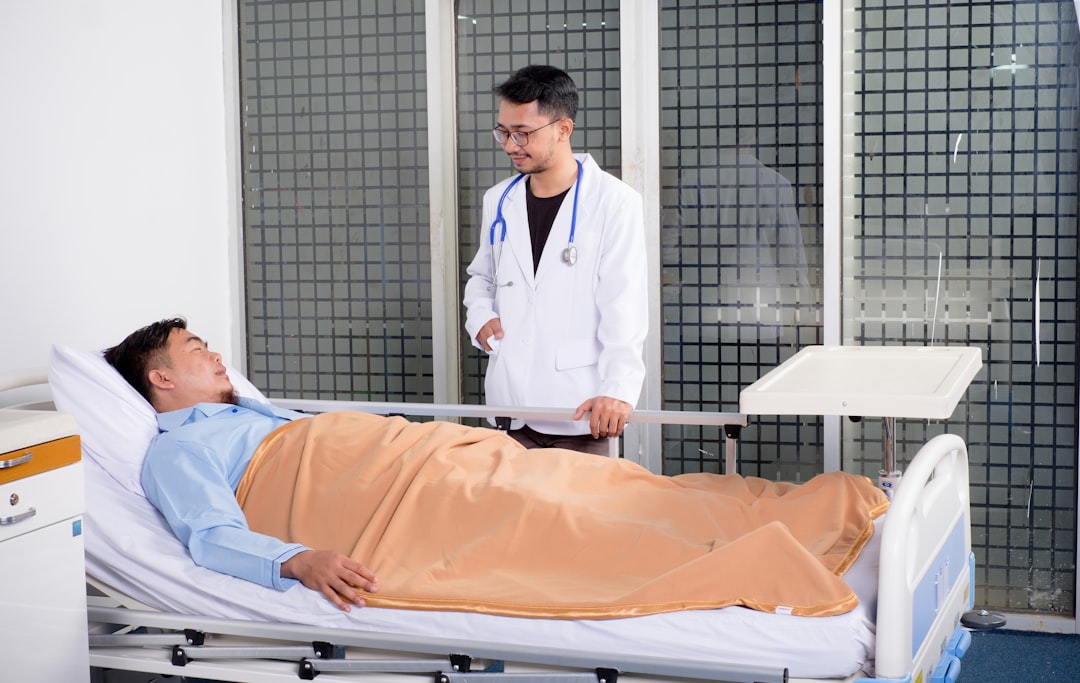What is it about?
Oral/perioral piercing may provide an ideal environment for adhesion and colonization of microorganisms. The aim of this study is to perform an “in vitro” research on the capabilities of adhesion of Candida albicans on oral piercings made of plastic and metal. Acrylic and metal piercings were incubated with Candida albicans and then were observed using scanning electron microscopy under different magnifi cations. A lot of irregularities and roughness were observed on the surface of the plastic piercing unlike the surface of the metal one, which is not so rough. Nevertheless, the number of Candida albicans colonies was considerably larger on the scanned metal surface in comparison to the plastic surface. In vitro the metal surface of the piercing creates better environment for the adhesion and colonization of microorganisms than the acrylic. This could be attributed to the electrostatic forces that most likely attract Candida albicans to the metal piercing in the early stages of biofilm formation.
Featured Image
Why is it important?
This is the only reasearch where it is estblushed that In vitro the metal surface of the piercing creates better environment for the adhesion and colonization of microorganisms than the acrylic.
Perspectives
Oral/perioral piercing may provide an ideal environment for adhesion and colonization of microorganisms. The aim of this study is to perform an “in vitro” research on the capabilities of adhesion of Candida albicans on oral piercings made of plastic and metal. Acrylic and metal piercings were incubated with Candida albicans and then were observed using scanning electron microscopy under different magnifi cations. A lot of irregularities and roughness were observed on the surface of the plastic piercing unlike the surface of the metal one, which is not so rough. Nevertheless, the number of Candida albicans colonies was considerably larger on the scanned metal surface in comparison to the plastic surface. In vitro the metal surface of the piercing creates better environment for the adhesion and colonization of microorganisms than the acrylic. This could be attributed to the electrostatic forces that most likely attract Candida albicans to the metal piercing in the early stages of biofilm formation.
Nikola Stamenov
Read the Original
This page is a summary of: In Vitro Study on the Adhesion and Colonization of Candida Albicans on Metal and Acrylic Piercings, Acta Medica Bulgarica, January 2016, De Gruyter,
DOI: 10.1515/amb-2016-0001.
You can read the full text:
Contributors
The following have contributed to this page










